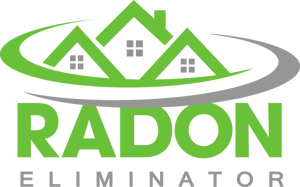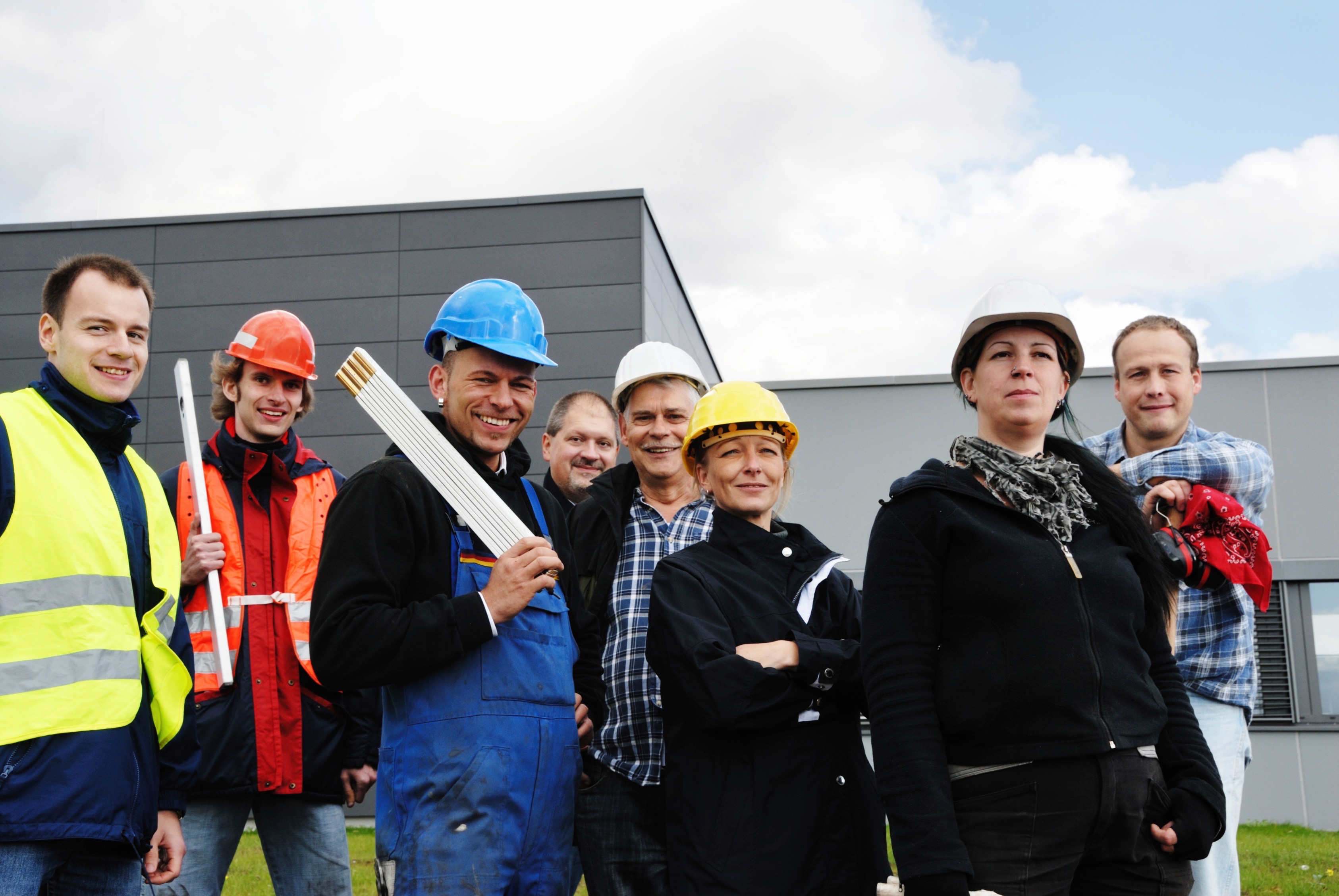Invisible and insidious, radon gas stealthily infiltrates homes, posing a health hazard that many remain oblivious to. Radon, the silent threat lurking in the air we breathe and the water we drink, beckons an urgent question for those aware of its presence. Beneath its scientific designation lies a naturally occurring radioactive menace with origins just as unsettling as its implications for health.
Unassuming basements and ordinary soil can become unwitting hosts to this carcinogenic intruder, silently emitting from the earth's depths and seeping through cracks and openings. As the second leading cause of lung cancer after smoking, radon's health risks cast a long, ominous shadow; the invisible gas's insidiousness lies not just in its stealth but in the cold statistics of mortality and disease it orchestrates. Symptoms like shortness of breath and chest pain are alarming harbingers, signaling the need for vigilance and action.
Deciphering whether your environment harbors this uninvited guest involves a meshwork of practices, from home testing to professional assessments. Understanding what radon is and its impacts on health sets the stage for exploring how we confront radon's pervasiveness. Let's venture into the depth of this issue, pulling back the veil on radon's dangers and examining decisive measures to safeguard our well-being against it.
Radon is clearly a dangerous threat to your life in high doses. However, is it ever safe or even beneficial to your health? Find out by reading our blog post: Can Radon Be Good for You?













